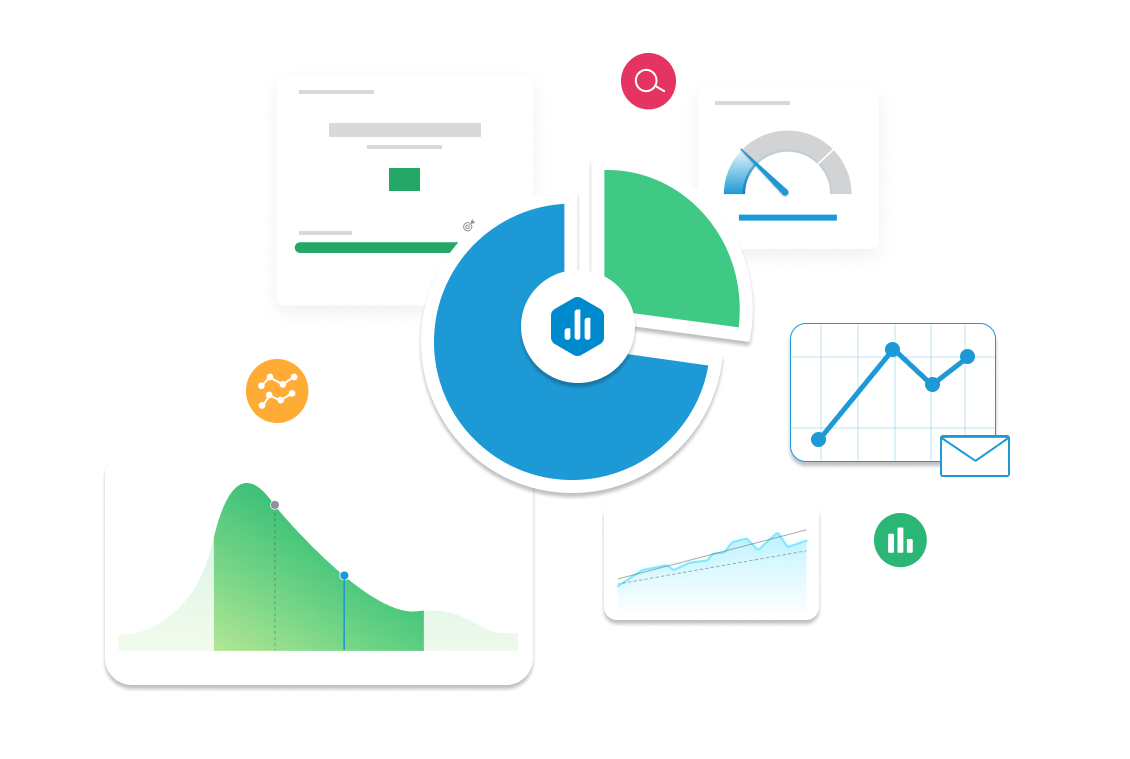Product Return Reasons
Discover how tracking Product Return Reasons helps businesses identify why customers return items. Learn how to categorize, analyze, and act on return data to improve product descriptions, quality, and customer experience.

| Category |
Marketing, Ecommerce |
|---|---|
| Type |
Lagging Indicator |
| Calculation |
Return Reason %=( Returns for Reason X / Total Returns ) × 100 |
| Measure |
Tracks and categorizes return reasons (e.g., incorrect size, damaged item, not as described), helping businesses identify the root causes of returns and reduce them over time. |
| Data Sources: |
Shopify, Returnly, Loop Returns, AfterShip, Gorgias, QuickBooks Commerce, customer service platforms, surveys & return forms. |
| Frequency |
Tracked monthly or quarterly to monitor trends and implement corrective actions across product, logistics, and support. |
Example target
Reduce “Not as Described” returns by 25% in Q3 by improving product photography, updating descriptions, and clarifying specifications on PDPs.
Example Reports Use Case
A Customer Experience Manager analyzes Product Return Reasons to identify recurring issues. If many customers return a product due to poor fit, they might revise sizing guides or adjust product design.
Rate of Return measures the percentage of shipped products that customers return, relative to the total number of items ordered. This KPI is crucial for identifying trends behind returns—whether they stem from product issues, misleading descriptions, or overly lenient return policies—and addressing them to improve customer satisfaction and profitability. A high return rate can signal deeper problems across product quality, marketing, or operational policies. Tracking this metric alongside others like the Cash Conversion Cycle and Perfect Order Rate provides a fuller picture of supply chain health and helps businesses make informed improvements.



